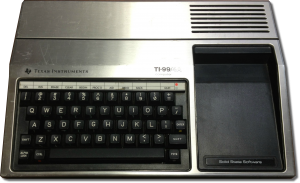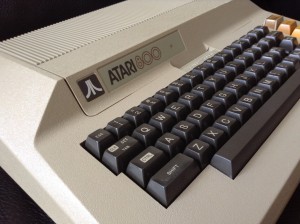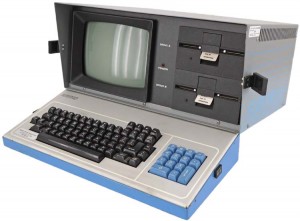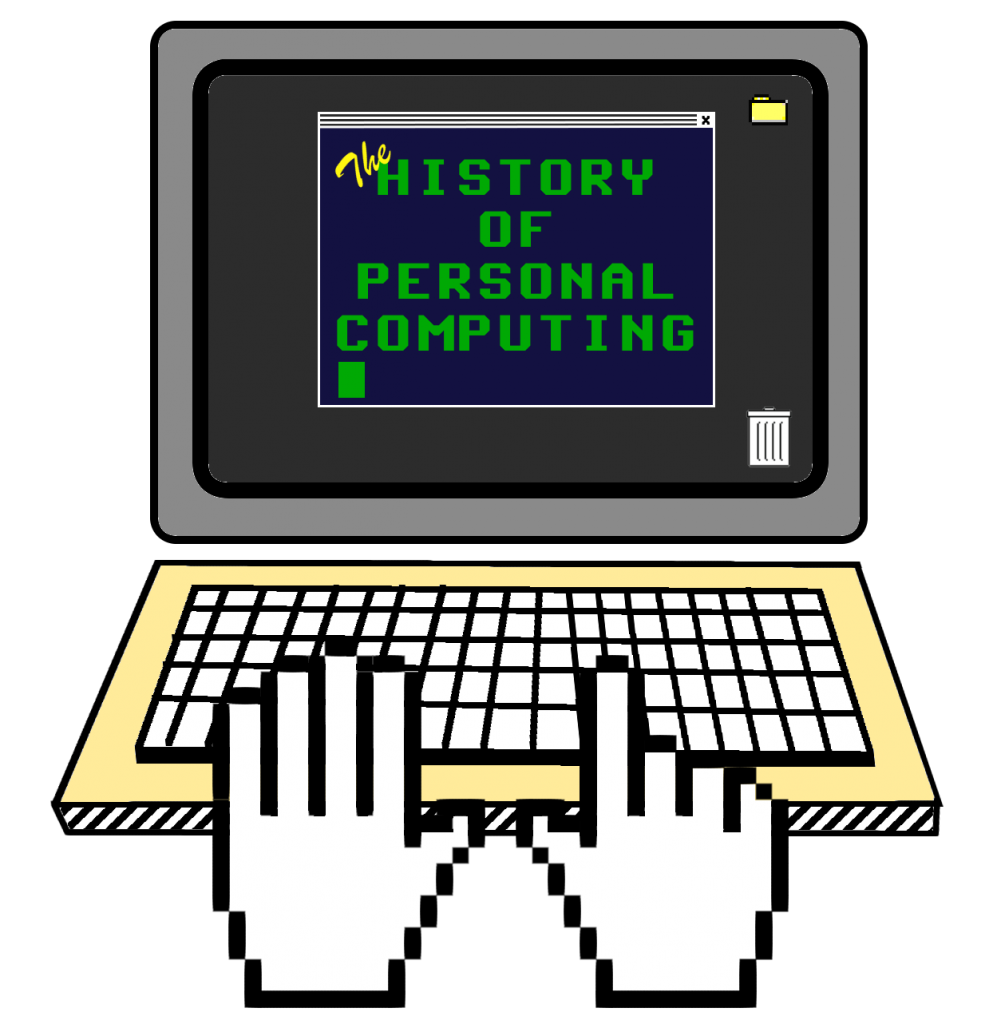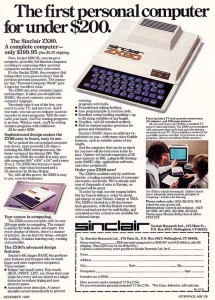
Sinclair ZX80 Ad
What happens when you strip most of the metal from those earlier homebrew computers, toss in a third-party Z-80 clone CPU, and have what’s left expertly bound together by a disciple of a miniaturization luminary? You get the compact ZX80 personal computer!
The Sinclair ZX80 was released in 1980 and was arguably the first British personal computer, though the company had previously released the MK14 in 1977, and Acorn had released a similar product, the System 1 in 1979. However, both of those were simply single-board computers and the ZX80 was complete in a case. It was named after its CPU, along with an “X” for “the mystery ingredient.” Clive Sinclair (now Sir Clive) willed it into existence at Science of Cambridge, his company later be known as Sinclair research. It was targeted to individual, ordinary users, and it was the first British micro to go on sale for under £100. It was available in kit form for £79.95, and as a ready-built version for £99.95. Some 50,000 would be sold before the ZX80 was discontinued in 1981. This was significant, and the UK lead the world in personal computer ownership throughout the 1980s. It was succeeded by the barely different ZX81 in 1981, which was also sold in the US as the Timex Sinclair 1000. The ZX series of computers went on to sell over 1.5 million units by 1984, before being discontinued. A large cottage industry of programs, magazines and products arose around it. This commercial success made Sinclair Research one of Britain’s leading computer manufacturers and earned a fortune and the eventual knighthood for the company’s founder. Continue reading Sinclair ZX80…
